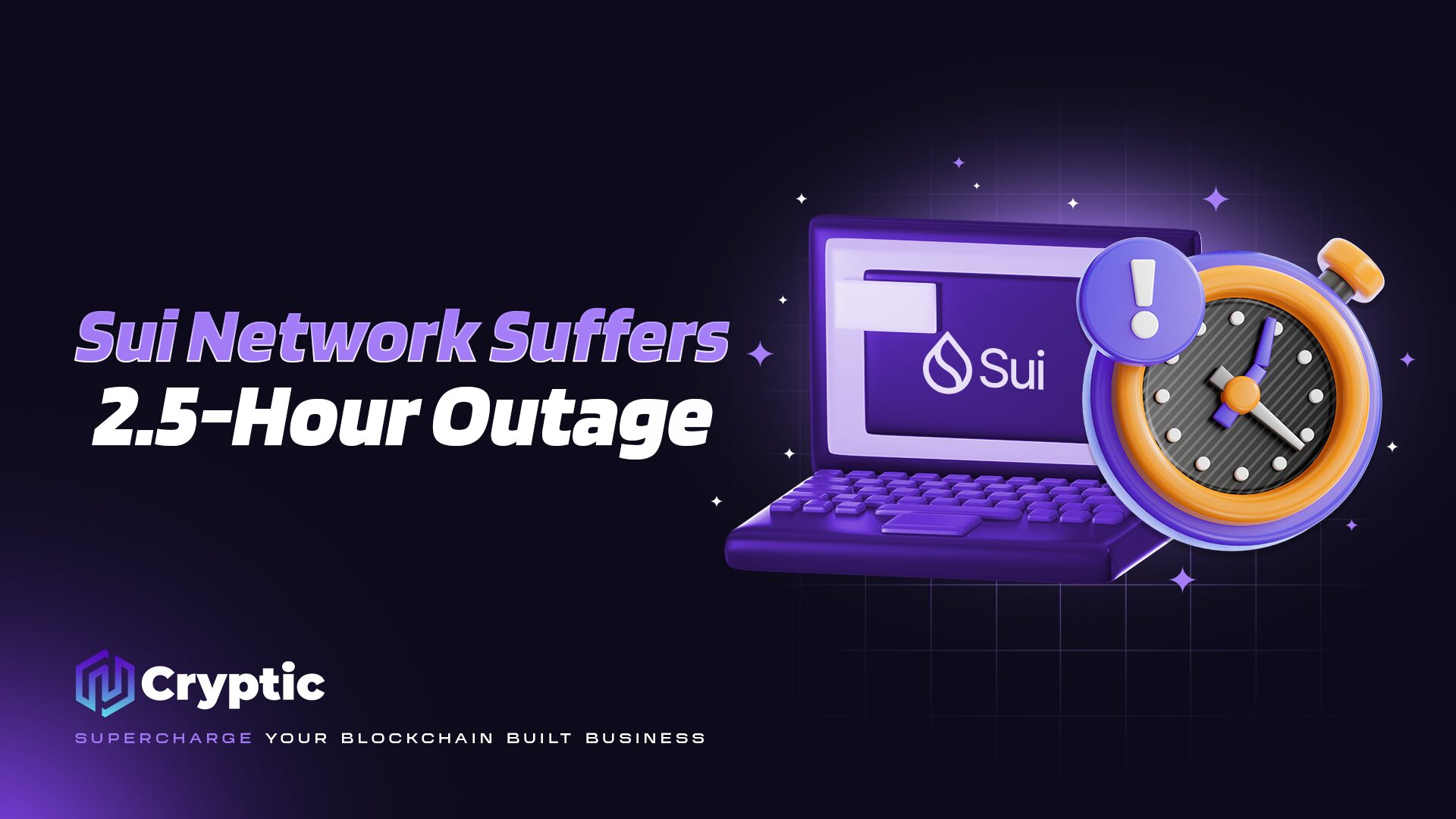
The Sui network, a high-performance layer-1 blockchain known for its speed and scalability, experienced a significant outage on November 21, 2024. This event caused a halt in block production for over two hours, impacting transaction processing and sending ripples through the crypto community.
What Happened?
Between approximately 1:15 and 3:45 am PT, all Sui validators, the entities responsible for maintaining the network, were caught in a crash loop. This effectively brought the entire blockchain to a standstill. No transactions could be processed, and users were unable to interact with the network.
The root cause was identified as a specific type of “adversarial transaction” that triggered a bug in the Sui code. This transaction, when processed, caused validators to crash, leading to the network-wide outage.
Response and Resolution
The Sui Foundation and the validator community acted swiftly to address the issue. Engineers diagnosed the problem and developed a fix, which was quickly deployed by the validators. This brought the network back online almost immediately after the fix was available.
Impact and Aftermath
The outage had several notable consequences:
- Transaction Halt: All transaction processing was suspended during the outage, disrupting network activity and user experience.
- SUI Price Drop: The price of SUI, the native cryptocurrency of the Sui blockchain, experienced a significant dip, falling by nearly 11%.
- Exchange Reactions: Some cryptocurrency exchanges, such as Upbit, temporarily halted SUI deposits and withdrawals in response to the network issues.
- Community Concerns: The outage raised concerns within the Sui community and the broader crypto space, particularly regarding the network’s stability and resilience.
Congestion and its Role
While the primary cause of the outage was a bug triggered by a specific transaction, the concept of “congestion” is relevant to understanding the potential impact of such events.
In blockchain terminology, congestion refers to a state where the network is overwhelmed by a high volume of transactions. This can lead to slower processing times, increased transaction fees, and in extreme cases, even network instability.
Although congestion wasn’t the direct cause of the Sui outage, it’s important to note that a sudden surge of transactions or activity following the resolution of the outage could have potentially put additional strain on the network.
Looking Ahead
The Sui Foundation has outlined steps to prevent similar incidents in the future. These include:
- Enhanced Testing: Improving testing systems to generate a wider range of adversarial transactions and identify potential vulnerabilities.
- Faster Response: Streamlining build workflows to expedite the release of debug and release binaries, reducing incident response time.
Key Takeaways
The Sui outage serves as a reminder that even the most promising blockchain projects are not immune to technical challenges. It underscores the importance of robust testing, rapid response mechanisms, and ongoing development to ensure network stability and user trust.
The incident also highlights the interconnected nature of the crypto ecosystem, where events on one blockchain can have broader implications. As the Sui network continues to evolve, it will be crucial to learn from this experience and implement measures to enhance its resilience and reliability.


